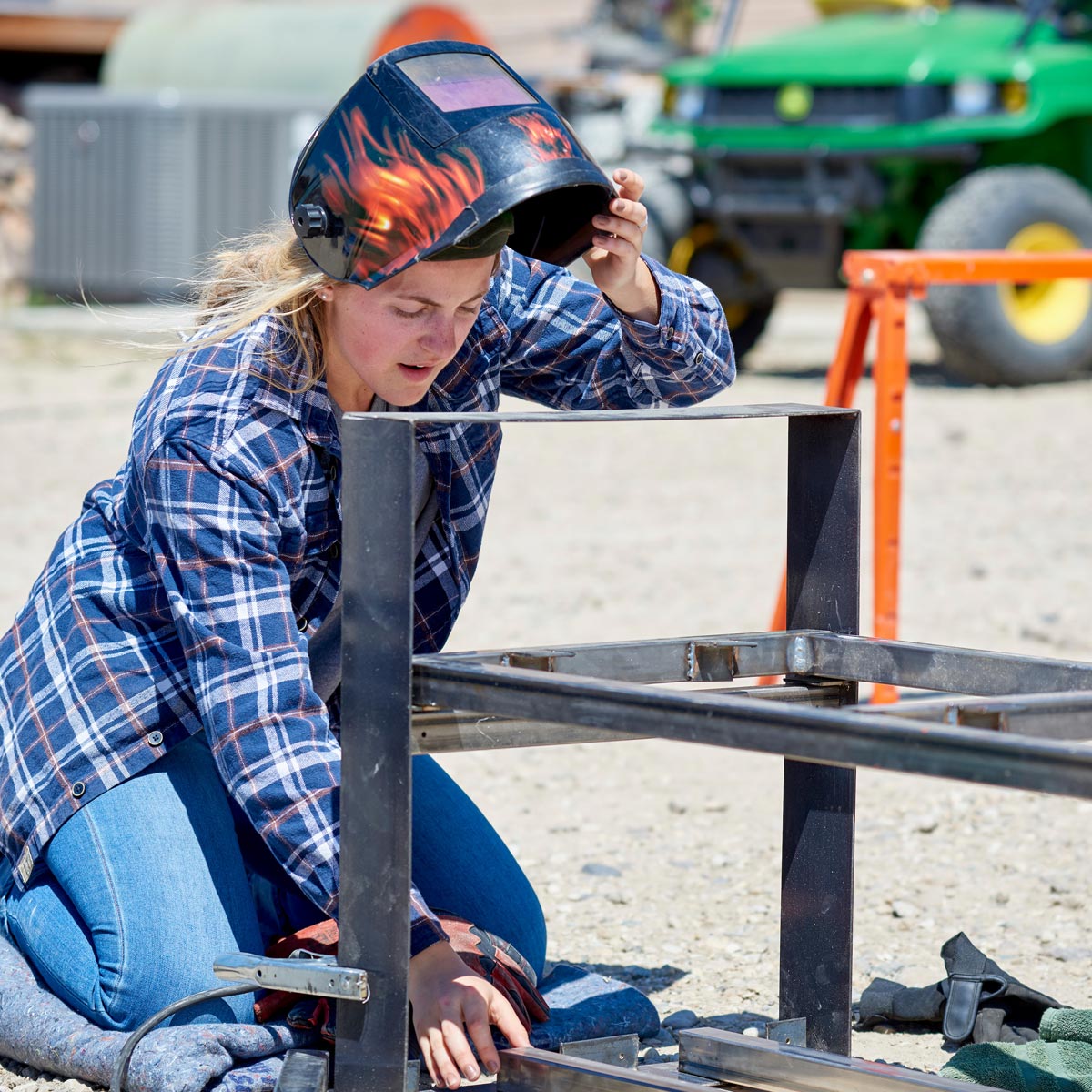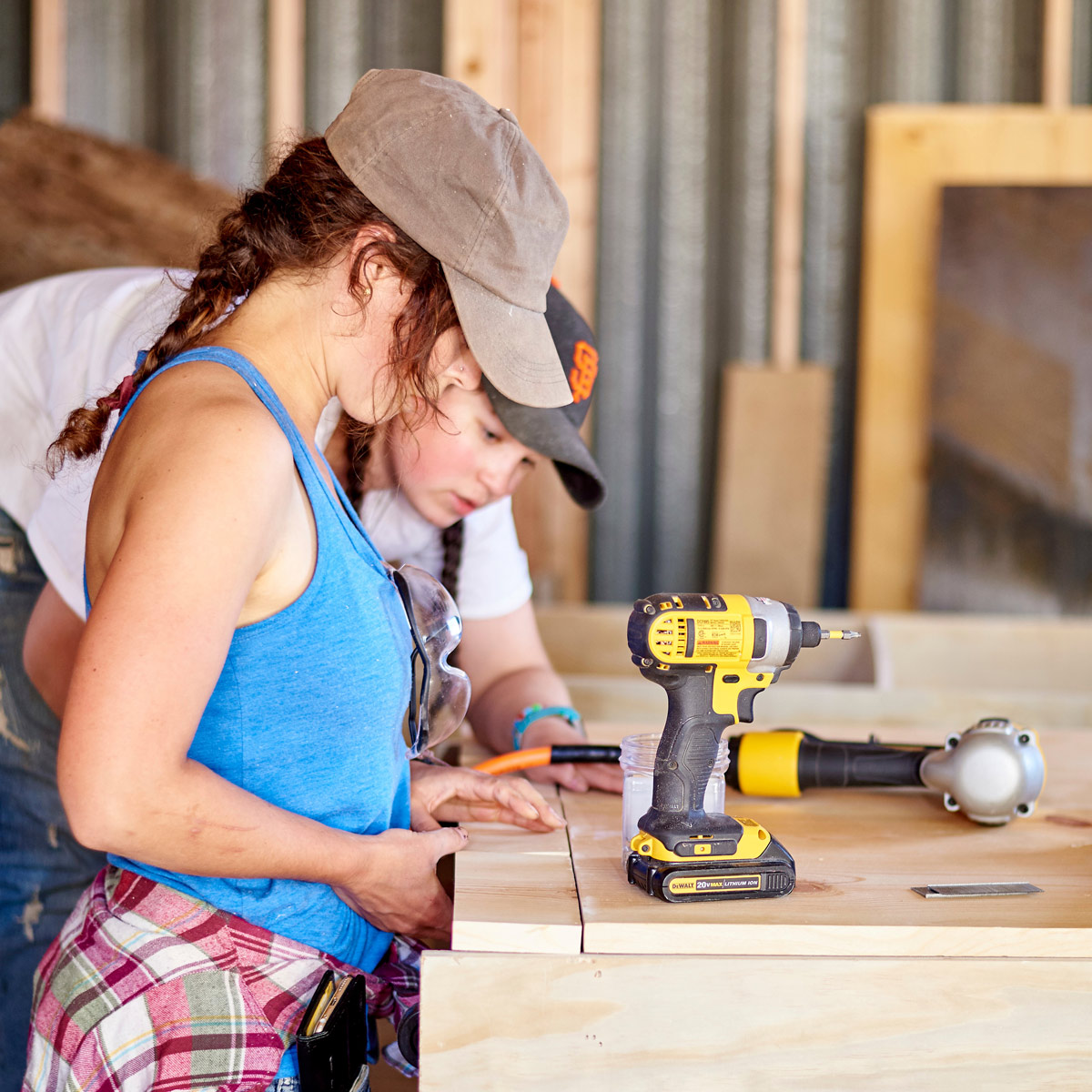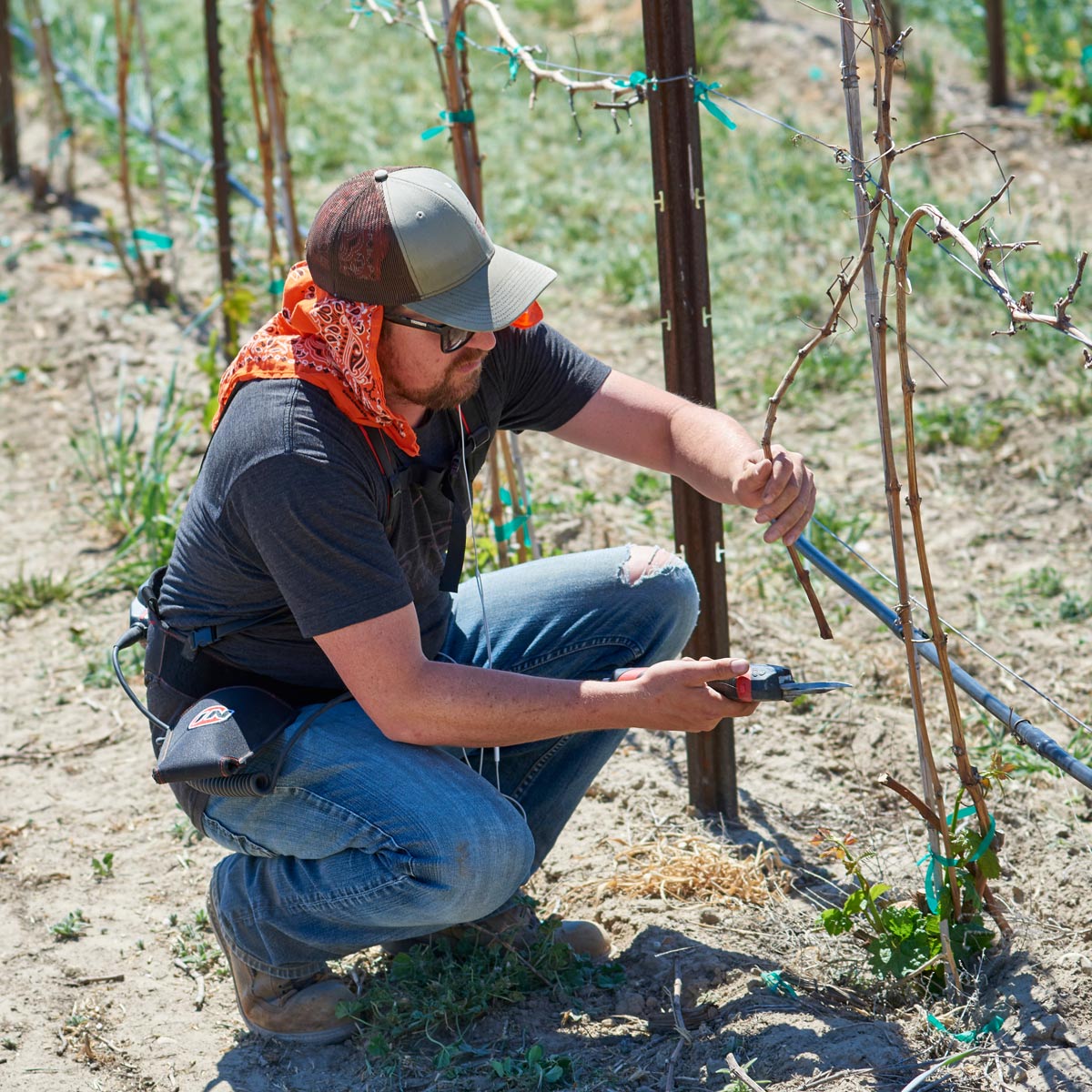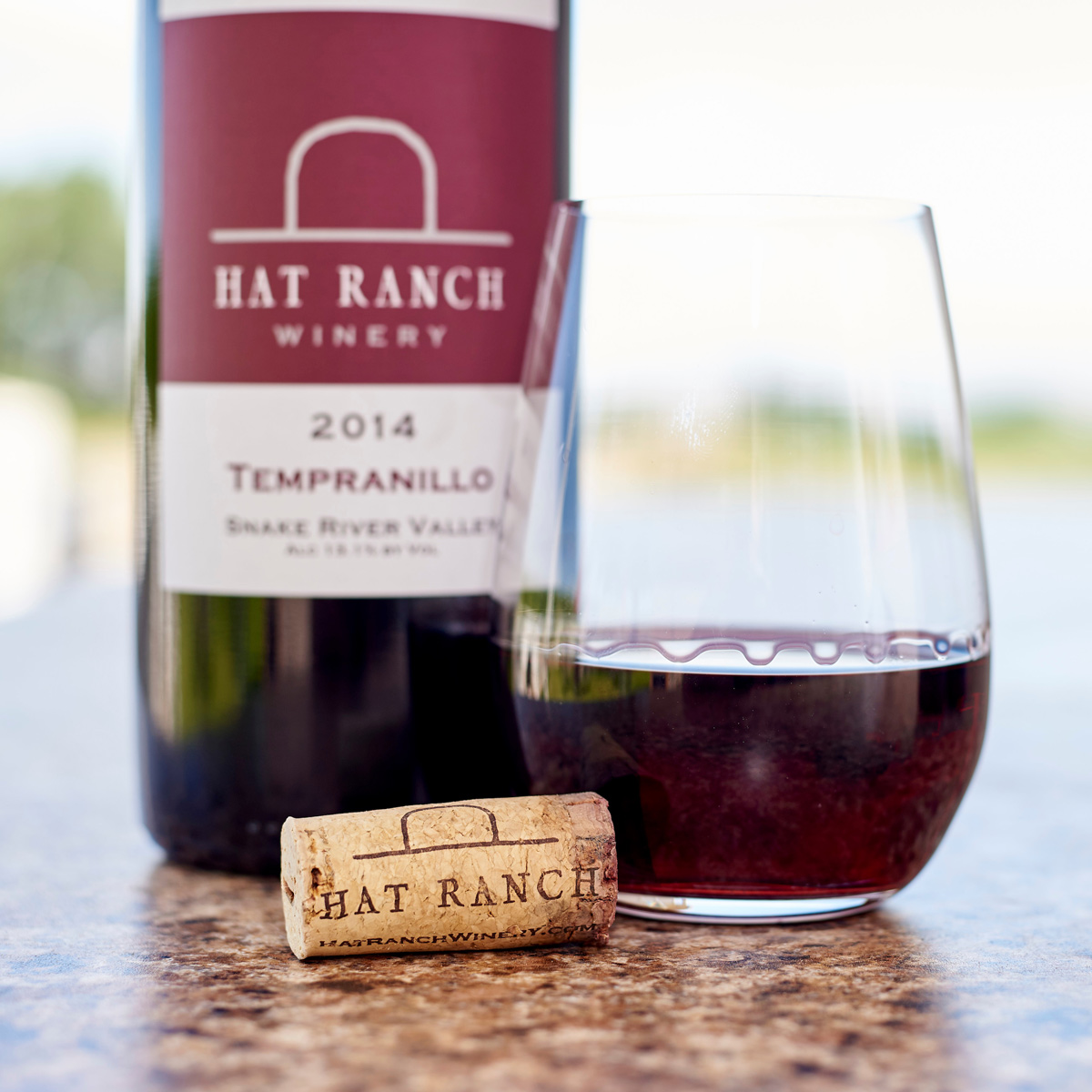Design-Build Program
From conception to construction, students in our Design-Build Program work with real clients on real-world projects — like the Hat Ranch Winery in Caldwell and the Moose Creek Warming Hut just north of Sandpoint. Students in this dynamic, hands-on program learn what it takes to bring their designs to life, and they gather professional portfolio pieces that showcase designs they actually built. They work with non-profits and local businesses to positively impact Idaho’s communities.
Your donation will support a facility for students to build portions of projects on site and store materials and tools.
See Your Impact

Design-Build Program Connects Architecture Students with Real Clients
Upon walking into the tasting room of Hat Ranch Winery in Caldwell, visitors find a wall made of deconstructed wine barrels.
U of I architecture major Catherine Flerchinger designed and constructed the wall as part of a larger project by the College of Art and Architecture’s (CAA) design-build studio: a tasting room and outdoor pavilion for the winery.
“The insides of the wine barrel sections retain the deep purple color of the wine, and the pieces lay over each other like fish scales to form a textured wall that covers the plumbing panels,” the 22-year-old senior from Lewiston said. “It’s been fun seeing Instagram pictures of visitors in front of it. Some parts of the wall even pop out to serve as a coat rack.”
Design-build is a six-credit upper-division and graduate-level studio course in CAA’s architecture program that gives students an opportunity to construct a real project over the course of a semester. Students and their instructor work with clients in the community to create the design, develop construction drawings, order materials and build the final product.
“In architectural design studios, student projects typically culminate in drawings and models,” said Randall Teal, associate professor and head of the architecture program. “The design-build studio is a nice complement to this model because it allows the studio design process to progress through the challenges of budgets, construction and architectural detailing. It is a fantastic way to extend a student’s architectural knowledge.”
“The project helped me understand how design can change the way people live and work.”Catherine Flerchinger, architecture major

Working on Professional Projects
U of I started working with Hat Ranch Winery after reaching out to the Idaho Wine Commission for project ideas. During the spring and summer of 2018, students redesigned the winery’s old tasting room, doubled the indoor space and connected it to the outdoors. Students enrolled in the fall 2018 design-build class are finishing the exterior pavilion and developing future projects.
Flerchinger said her time on the project helped her pinpoint the amount of detail she needs to incorporate in designs. In addition, by leaving the classroom, she interacted with everyone from winery owners to inspectors to tourists to neighbors.
“The project helped me understand how design can change the way people live and work,” Flerchinger said. “It can provide a comfort to people.”

Prior to the tasting room, design-build students built a warming hut in 2016 on the Lightning Creek drainage on Moose Creek Road near Sandpoint. Two dozen students designed the Moose Creek Warming Hut, which includes a wood-burning stove and an area for snowmobilers to socialize while taking shelter from the cold. The hut also provides a gathering place for friends, a safe place for the public during snowstorms, and a base camp for search and rescue parties in the remote North Idaho wilderness.
The project was a collaboration with the Sandpoint Ranger District, National Forest Foundation, Idaho Forest Group, Idaho Department of Parks and Recreation and Winter Riders Snowmobile Club.
“The Moose Creek hut is a nice example of what our program aspires to be, both in terms of public benefit and showing off the wild and beautiful character of Idaho,” Teal said. “We love it when we can do projects that highlight this aspect of the state and demonstrate architecture’s ability to enhance it.”

Finding the Right Clients
One of the challenges of design-build is finding the right clients with the right-sized projects. Time is a constraint, because projects have to be completed within a semester, or a semester and the summer after. The client must also have a way to fund the project. But, because of U of I’s location, students have opportunities to work on projects in both urban and rural settings, with a variety of community partners.
“A big part of what I want to do is help the community, whether that’s the Palouse or the state of Idaho,” said Scott Lawrence, an assistant professor of architecture and the primary faculty member directing design-build initiatives. “We have these students who are willing and able to work on these projects, and we want to work with individuals and groups who are trying to make an impact in their community.”

Building Student Portfolios
Because design-build takes place in the real world, students are accountable to both their professors and their clients.
“They learn a lot about interacting with clients,” Lawrence said. “Not only do the clients shape the project with the students, but they will drop in throughout construction, interacting and asking questions about the process, materials and next steps.”
Lawrence said design-build gives students an opportunity to experience all aspects of a building project, acquiring skills and portfolio pieces that will make them stand out among their peers as they enter the job market.
“It gives them a unique experience as they’ve seen a project all the way through,” he said. “They can go into their first job and quickly have an impact as part of the team.”

Article by Tess Fox, University Communications & Marketing.
Published in the Fall 2018 Issue of Here We Have Idaho.












